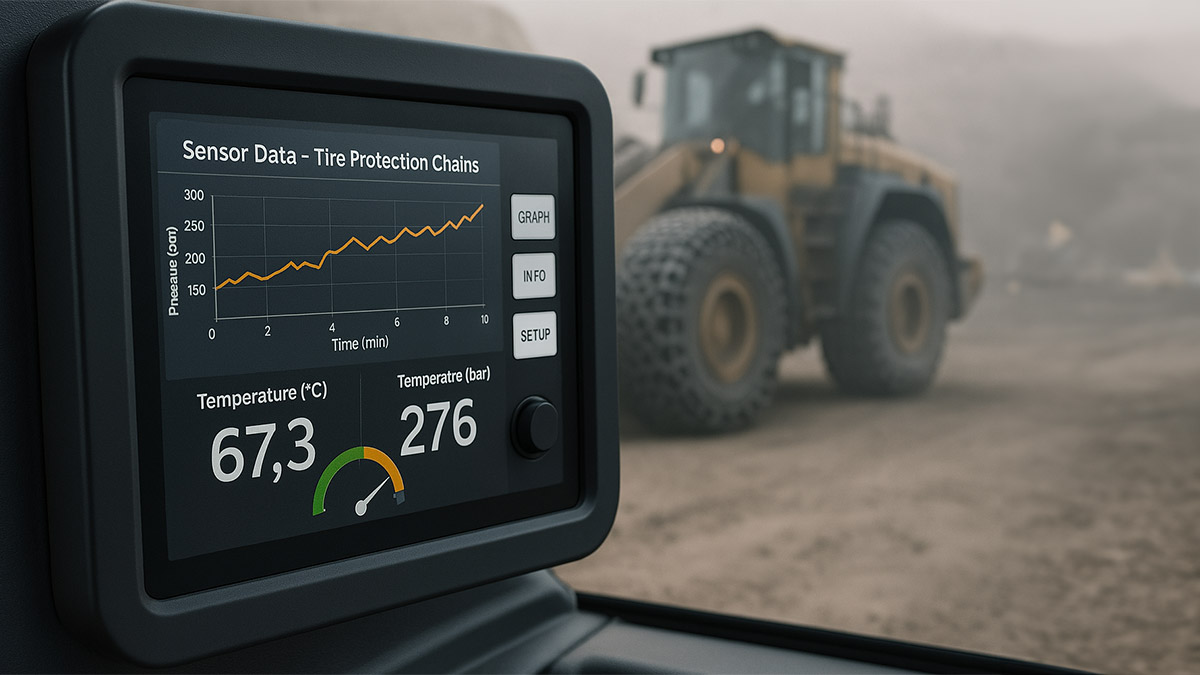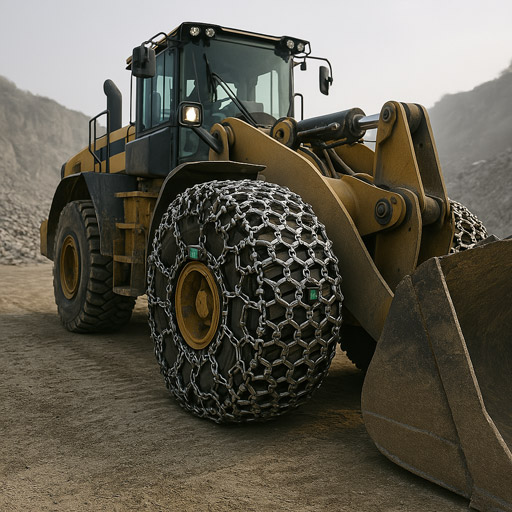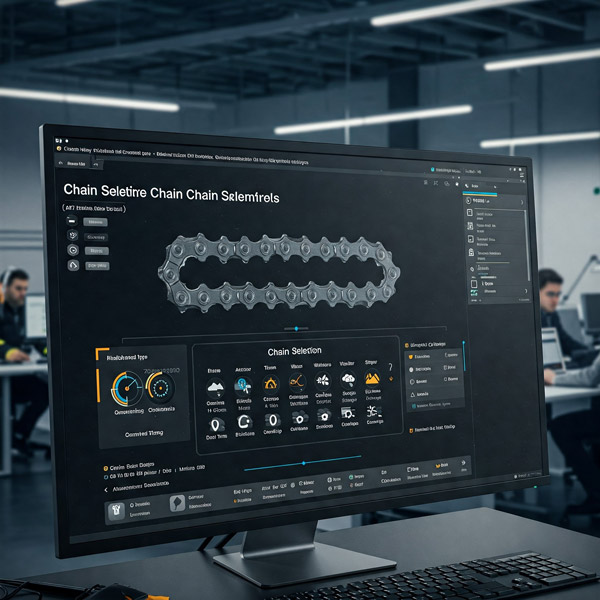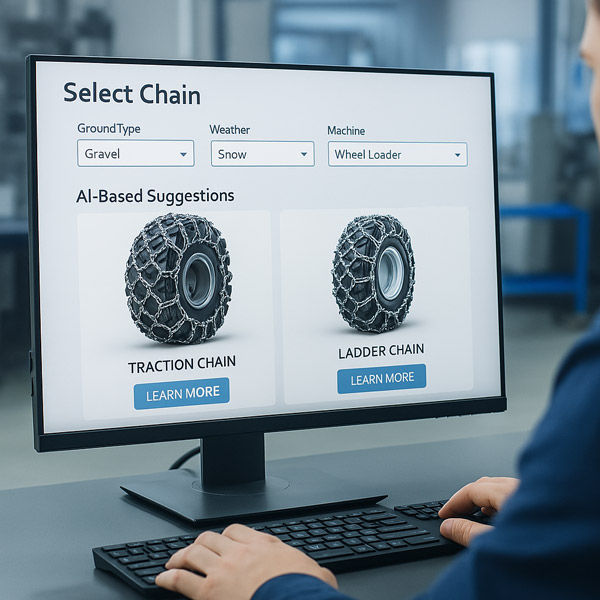Tire protection chains are essential equipment for heavy-duty machinery and vehicles operating in challenging terrain. With advances in technology, these chains have been enhanced with smart systems that significantly improve both performance and safety. In this article, we explore the innovations brought by smart tire protection chain systems and the future trends shaping this field.

What Are Smart Tire Protection Chain Systems?
Traditional tire protection chains are known for their mechanical structures, but today’s systems are enhanced with sensors and automation technologies, making them smarter. These systems collect real-time data to alert operators and help prevent potential failures.
Sensor-Integrated Chain Technology
Strain and Wear Detection Sensors
Modern tire protection chains are equipped with micro-sensors that monitor strain and wear continuously. These sensors help identify potential problems such as fatigue or loosening early. This allows for better maintenance scheduling and prevents dangerous failures.
Real-Time Monitoring and Alert Systems
Sensor data is transmitted to a central control panel or mobile device. With real-time monitoring, operators receive constant updates about chain condition. Alerts for excessive tension or slack are sent immediately, minimizing safety risks and downtime.
Adaptive Chain Structures
Automatic Tension Adjustment
Next-generation tire chain systems feature automatic tensioning mechanisms. These systems adjust the chain’s tightness based on speed and terrain, preventing tire damage and enhancing driving stability.

Self-Adjusting to Environmental Conditions
Smart chains detect temperature, humidity, and ground type to optimize performance. On muddy terrain, for example, the contact surface may expand to increase grip. These systems boost efficiency and operational safety while extending chain lifespan.
Industry 4.0 Integration in Chain Technologies
The rise of Industry 4.0 has also impacted tire protection chain technologies. Internet of Things (IoT) and digital twin concepts enable smarter and more efficient chains.
IoT-Enabled Chains
Remote Monitoring and Data Sharing
IoT-based chain systems transmit chain data wirelessly to the central office or cloud. This allows fleet managers to monitor machine status without being on-site. All maintenance and performance records are archived digitally, enabling faster, data-driven decisions.
Big Data and Predictive Maintenance
Sensor data is analyzed through big data systems to predict failures before they occur. Predictive maintenance reduces downtime and costs while supporting smart decision-making. The system can also suggest optimal chains based on past performance.

Digital Twin and Simulation Applications
Lifecycle Prediction and Performance Modeling
Digital twin technology simulates the chain’s performance over its entire lifecycle. It estimates when maintenance or replacement will be needed, leading to more accurate planning and extended service life for tire protection chains.
Simulation-Based Design Development
Simulations allow testing of different materials and designs. This leads to stronger, lighter chain models. Chain manufacturers can deliver more efficient products and integrate operator feedback into development.
The Future of Tire Protection Chain Technologies
In the near future, tire protection chains will become even more sustainable and intelligent. New materials and artificial intelligence integration will play key roles in this transformation.
Sustainable and Lightweight Material Development
Recyclable Composite Materials
New chain materials are being designed with environmental sustainability in mind. Composite-based chains are lighter, more flexible, and offer long-lasting performance without harming the environment—ideal for sustainable mining and construction.

Energy-Efficient Designs
Modern chain designs aim to reduce fuel consumption. Using lightweight alloys instead of steel lowers rolling resistance and reduces engine load. Energy-efficient chain designs offer long-term cost savings and reduced emissions.
AI-Powered Chain Selection Systems
Machine Learning-Based Product Matching
AI algorithms recommend the best tire protection chain model based on machine type, terrain, and weather. These systems use past usage data to optimize performance and safety, while reducing human error.
Decision Support Algorithms and Automation
Advanced selection platforms analyze numerous variables to provide decision support. Users can place orders or plan maintenance based on system suggestions. These platforms may also integrate with automated inventory systems, optimizing logistics processes.


